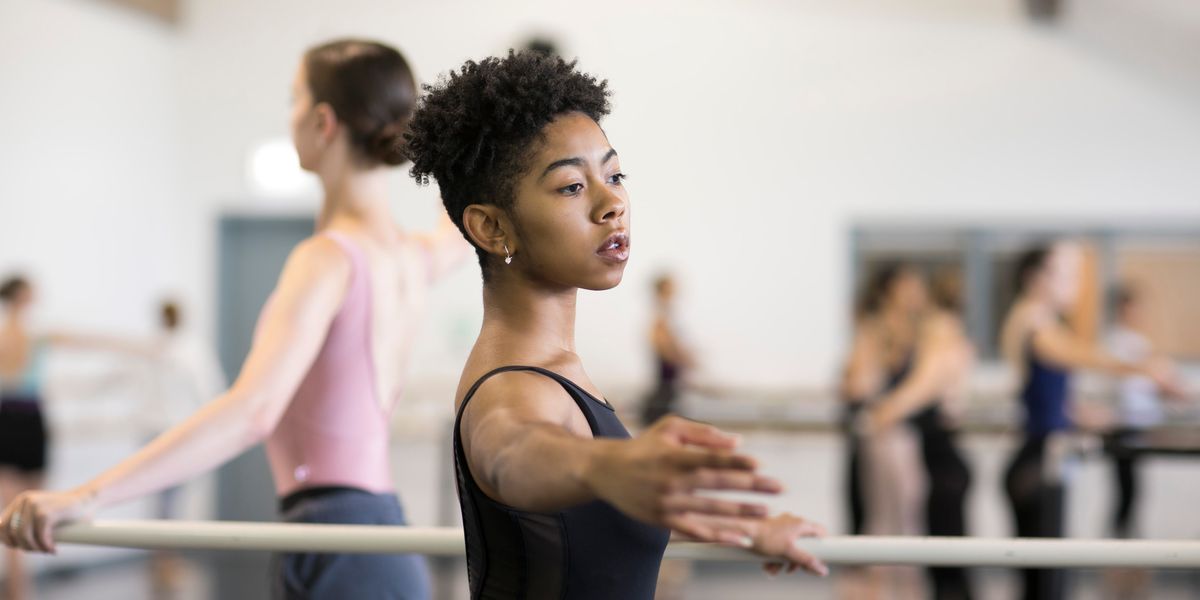Your Week-by-Week Guide to Prepping for Your Summer Intensive
Alexandra Wells can always tell when a dancer hasn’t read her summer intensive information packet. Sometimes, says Hubbard Street Dance Chicago’s director of artist training, there’s a quick fix for the lack of preparation. “You can go and buy a long-sleeve shirt after you burn your shoulder really badly in that first floorwork class,” she says. But not bringing enough of your special-order pointe shoes? “That’s really dire.”
Between reading the fine print, shopping for necessities and ramping up physically, getting ready for a summer intensive takes more than just dancing a lot. We broke down a step-by-step timeline:
Immediately After Your Acceptance
“Congratulations, you’ve been confirmed!” This may be the first line of an extensive welcome packet you receive. At Hubbard Street, it’s a whopping 30 pages that “tells you everything,” says Wells. She urges dancers to read that packet front-to-back. Note the shopping list for special items like kneepads, and pay attention to non-studio-related topics like allergy considerations or insurance needs.
Place orders as needed. “If it’s a ballet intensive, the pointe shoes are a big thing to calculate,” Wells stresses. She suggests planning out how many pairs you’ll need based on your schedule and even the city’s humidity levels. When in doubt, it’s better to overestimate.
If you don’t stay in provided housing, Wells recommends looking up dedicated Facebook groups for the program to search for roommates. Flight and lodging options are likely cheaper and wider the further in advance you look. And, of course, figure out how you’ll get to and from the studio every day.

Todd Rosenberg, Courtesy Hubbard Street Dance Chicago
Three to Four Weeks Out
A month or so out from your intensive, The Washington School of Ballet director Xiomara Reyes isn’t concerned about physical preparation. “Actually, I would like dancers to take a break!” But she doesn’t mean sitting on a couch for a month. If you’re going to the beach for family vacation, for example, you can swim. She stresses the emotional benefits of taking time off to explore other interests and socialize with friends. “When kids get obsessive, they forget about the humanity of dance and how important it is to have life experiences and relationships so that you have something to bring to your artistry.”
When you do come back to the studio, she says, set a focus for one or two aspects of your dancing that you really want to improve. “Every time I took a break and came back with a clear picture about what I wanted to work on,” Reyes says, “I always felt like I made leaps.” Zero in on a correction that you always seem to get, or choose a step or body part that you haven’t been able to tackle during your year-round routine.
Mental preparation can also help anchor you when you step into a competitive environment. Reyes recommends practicing meditation or other grounding exercises that you can take with you into that first-day placement class.

Jim Lafferty
Two Weeks Out to Day One
Mind and body rested, it’s time to ramp back up. “You cannot come from the beach and just go into pointe shoes,” says Reyes. Start with one class per day plus conditioning, like Pilates and TheraBand exercises. (Reyes notes that the feet and core are two areas that need to be rock-solid.) To make sure you’ll have the stamina for a full schedule on day one, Wells suggests adding aerobic activity like running or the elliptical in the two weeks leading up to the program.
Research the faculty and classes and look at the affiliated company’s repertoire so you know what to expect. If you see a dance genre on the schedule that you’ve never tried before, you might take an open class to get a feel for it.
Proper preparation helps you nail that first impression, which is particularly important for programs attached to companies where you could see yourself dancing one day. “The whole thing is set up to mirror the profession,” says Wells. “In that first week, they cast for the year in their brains, even if not on paper yet.”




